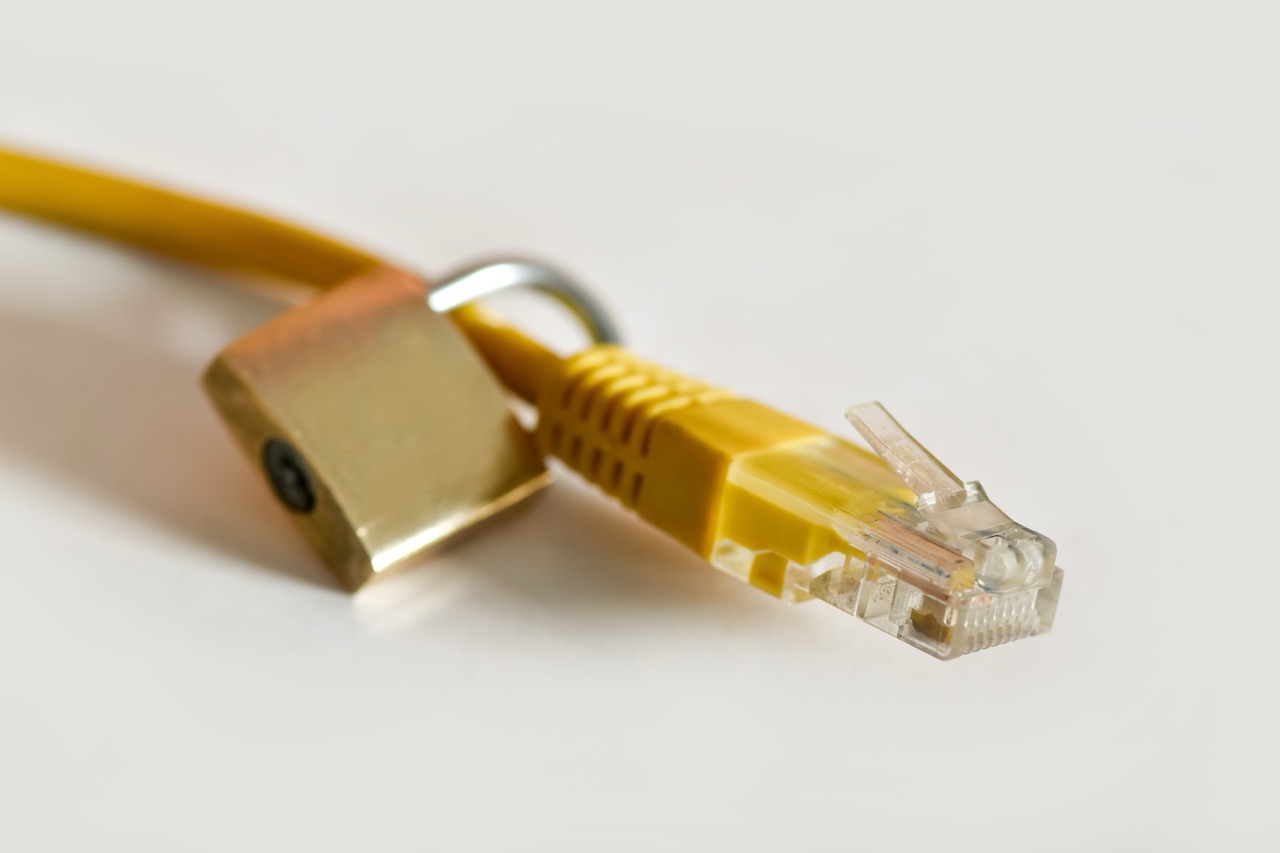In an age where digital privacy is paramount, using a VPN (Virtual Private Network) on devices like Smart TVs has become increasingly important. Surfshark is a leading VPN service known for its robust features and user-friendly interface. However, many users are unaware of how to effectively utilize Surfshark on their Smart TVs. This article aims to provide a comprehensive guide on using Surfshark with Smart TVs, covering compatibility, installation, configuration, and troubleshooting to ensure a seamless streaming experience.
Understanding Surfshark and Smart TV Compatibility
Surfshark is designed to protect your online presence by encrypting your internet connection, enabling you to browse and stream securely. One of its notable features is the ability to bypass geo-restrictions, allowing users to access content that may be unavailable in their region. However, not all Smart TVs natively support VPN applications, which can pose a challenge for users eager to enjoy the benefits of a VPN on their televisions.
Most Smart TVs run on proprietary operating systems like Tizen (Samsung), webOS (LG), or Android TV, each with varying levels of VPN compatibility. While Android TV easily accommodates VPN apps, other operating systems may require creative workarounds, such as configuring a VPN on your router or using Smart DNS features. Before proceeding with installation, it is essential to verify whether your Smart TV supports Surfshark directly or if alternative methods are necessary.
For users with compatible Smart TVs, Surfshark offers a seamless experience with features such as unlimited simultaneous connections, robust security protocols, and an expansive server network. Understanding your device’s compatibility is the first step toward enhancing your streaming experience while ensuring your online activities remain private and secure.
Installing Surfshark on Your Smart TV: A Step-by-Step Guide
To begin using Surfshark on your Smart TV, the installation process may vary depending on the device’s operating system. For Android TV users, the most straightforward method is to download the Surfshark app directly from the Google Play Store. To do this, open the Play Store on your TV, search for "Surfshark," and click "Install." Once the app is installed, you can log in with your Surfshark credentials and begin using the service.
For non-Android Smart TVs, such as those running Tizen or webOS, direct installation may not be possible. In these cases, using a router that supports VPN configurations is recommended. Begin by logging into your router’s administrative dashboard and navigating to the VPN settings. Here, you can enter the required Surfshark server details, ensuring all devices connected to the router benefit from the VPN connection. After configuring the router, restart it to apply the changes, allowing your Smart TV to operate through the secured network.
Alternatively, if a router configuration seems daunting, using devices like Amazon Fire Stick or Roku can serve as a workaround. You can install the Surfshark app on these devices and connect them to your Smart TV via HDMI. This allows you to stream content through the connected device while maintaining the benefits of Surfshark on your Smart TV.
Configuring Surfshark Settings for Optimal Performance
After successfully installing Surfshark on your Smart TV, configuring the settings is essential for optimal performance. Start by selecting a server location that provides the best speed and reliability for your streaming needs. Surfshark offers a plethora of server options, so choose one that is geographically closer to you or one that is optimized for streaming. This can significantly reduce buffering and enhance the overall viewing experience.
In addition to selecting an appropriate server, enabling features like the "Camouflage Mode" can further enhance your security. This feature obfuscates your VPN traffic, making it difficult for ISPs or third parties to detect that you are using a VPN. Furthermore, consider activating the "Kill Switch" option, which automatically disconnects your internet if the VPN connection drops, preventing any exposure of your real IP address while streaming.
Lastly, regularly updating the Surfshark app ensures you have the latest security features and performance improvements. Check for updates within the app settings, and enable automatic updates if possible. This proactive approach helps maintain not only the security of your online activities but also ensures that the performance of your Smart TV remains optimal while using Surfshark.
Troubleshooting Common Issues with Surfshark on Smart TVs
Even with a robust service like Surfshark, users may encounter some common issues when using the VPN on their Smart TVs. One prevalent problem is slow streaming speeds. If you experience lag or buffering, consider switching to a different server, preferably one that is closer to your geographic location or is specifically optimized for streaming activities. Sometimes, server congestion can impact speed, so finding a less crowded option can often resolve this issue.
Another common issue is the inability to access specific apps or services. Certain streaming platforms may actively block VPN traffic, leading to access problems. To address this, try enabling the "Camouflage Mode" if available, or switch to a different server location. Additionally, consider checking Surfshark’s official resources or customer support for recommended servers that work well with your desired streaming service.
Lastly, if you’re having trouble connecting your Smart TV to Surfshark, double-check your internet connection and ensure that the VPN is properly configured. Restarting both the Smart TV and your router can often resolve connection issues. If problems persist, consulting Surfshark’s customer support can provide tailored troubleshooting steps to help you navigate any remaining challenges effectively.
Using Surfshark on your Smart TV is a practical way to enhance your streaming experience while ensuring your online privacy. By understanding your device’s compatibility, following the installation steps carefully, configuring the right settings, and addressing common issues, you can enjoy a seamless viewing experience. With these guidelines in mind, you can make the most out of Surfshark’s powerful features and unlock a world of content securely and efficiently.










